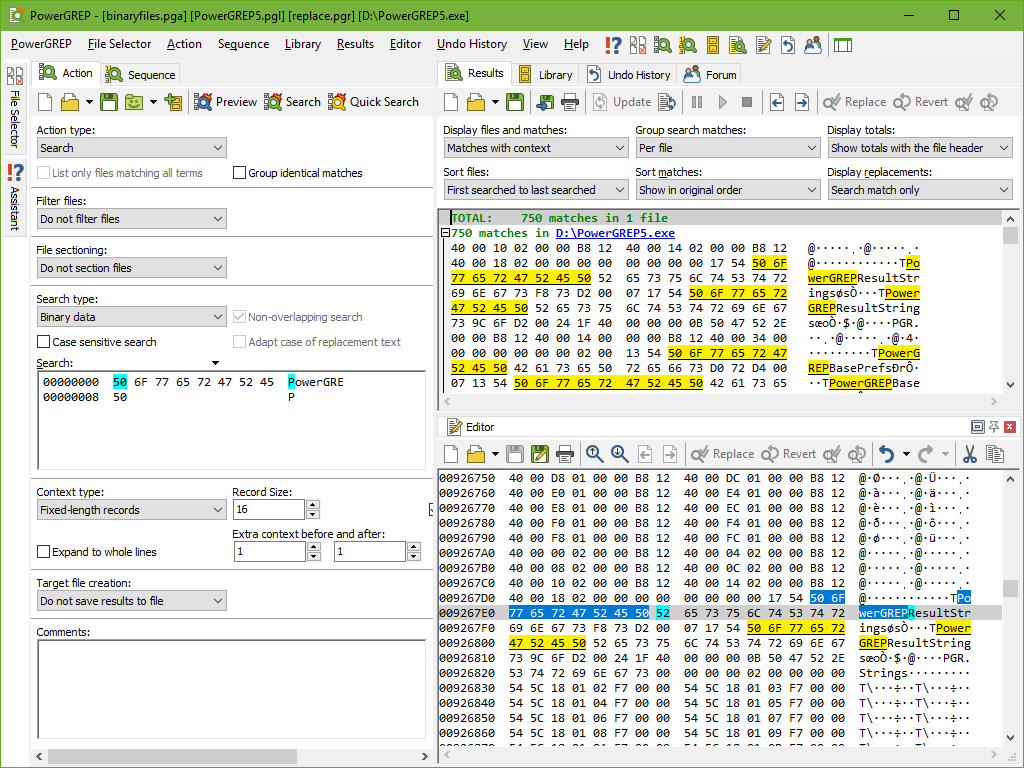

(An easy way to do that? Use Calculator in Scientific mode.) That can be a little bit confusing if you’re following instructions for setting a registry value and the instructions say, “Set the value to 0A.” Before you can use the SetBinaryValue method you’ll need to convert 0A to its decimal equivalent. The registry works with hexadecimal values, but the SetBinaryValue method requires us to pass regular decimal numbers. Likewise you don’t see the number 10 in a binary registry value you see 0A. You don’t see the number 1 in a binary registry value you see 01.

So what’s the catch? Well, if you’re familiar with binary values in the registry, you know that numbers are represented by hexadecimal values. Having defined our constant and assigned values to all our variables, all that’s left is to call the SetBinaryValue metod to write these 10 values to the registry: errReturn = objRegistry.SetBinaryValue _ Finally we use this line of code to assign the numbers 1 through 10 to an array variable we named arrValues this, of course, represents the binary data we want to write to the registry: arrValues = Array(1,2,3,4,5,6,7,8,9,10) A second variable – strValueName – is assigned the value BinaryTest, which happens to be the registry value we want to change. We assign the key name Software to a variable named strKeyPath this is the registry path within HKCU. That’s different from the vast majority of WMI classes used for system administration, most of which are found in root\cimv2.

We then connect to the WMI service note that the Standard Registry Provider is found in the root\default namespace. The script begins by defining a constant named HKEY_CURRENT_USER and assigning it the value &H80000001 this tells the Standard Registry Provider that we want to work with the HKEY_CURRENT_USER portion of the registry. (HKEY_CURRENT_USER, strKeyPath, strValueName, arrValues) (“winmgmts:\\” & strComputer & “\root\default:StdRegProv”) Here’s the script: Const HKEY_CURRENT_USER = &H80000001 In other words, you don’t need to create BinaryTest before trying this sample script if BinaryTest doesn’t exist, WMI will create it for you. If the value doesn’t exist, the script will create BinaryTest and then assign it the numbers 1 through 10. If the referenced registry value exists then the script will simply replace the existing value with the new value (in this case, the numbers 1 though 10). There’s one little catch to be aware of, but we’ll let you know what that is.įirst, though, let’s take a look at a script that writes the numbers 1 through 10 to a binary registry value named BinaryTest found in HKCU\Software.

WMI’s Standard Registry Provider includes a method – SetBinaryData – that makes it relatively easy to write binary data to the registry. Hey, Scripting Guy! How can I write binary data to the registry?


 0 kommentar(er)
0 kommentar(er)
